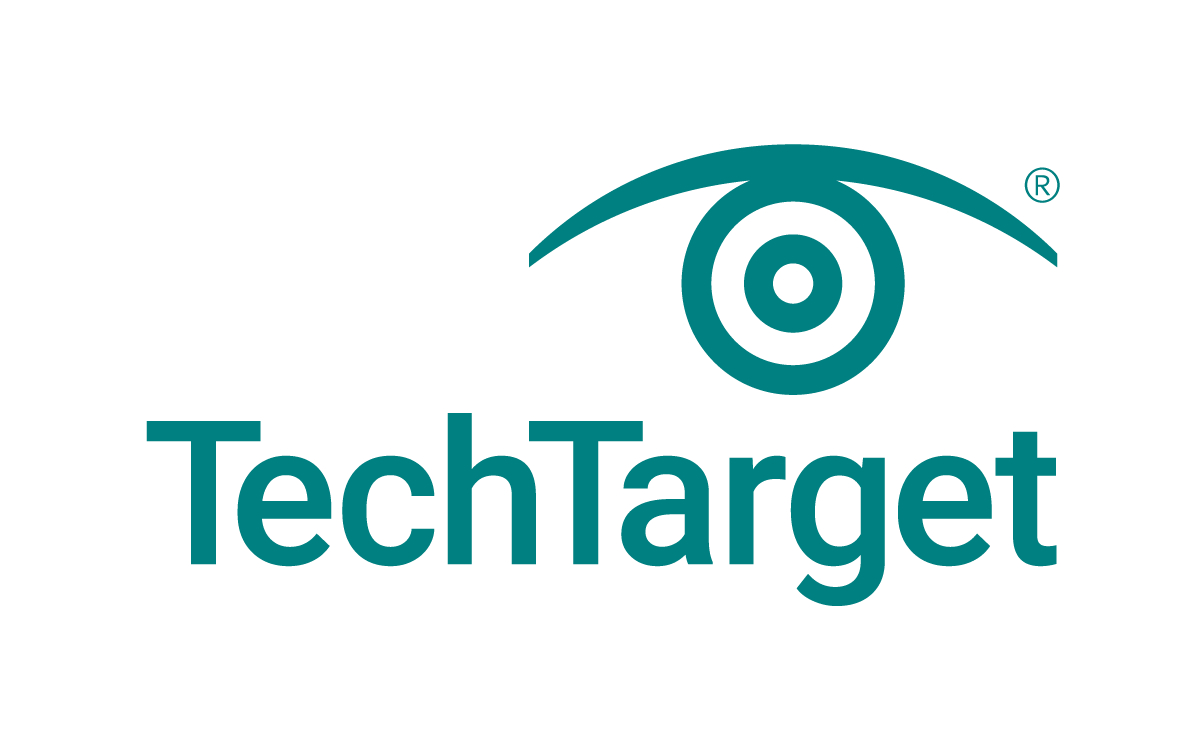AI monitoring, remote surgery advance

Editor's Note Recent reporting from Fierce Healthcare highlights two notable technology advances that promise to impact surgical patients and caregivers: an AI-driven blood pressure monitoring system and a remote-controlled endovascular robotics platform. The first development, from BD, is designed to help clinicians anticipate and manage dangerous blood pressure drops during…
Proposed Oregon legislation blocks AI tools from using 'nurse' title

Editor's Note Oregon lawmakers are advancing legislation that would ban artificial intelligence (AI) systems from using the title “nurse,” drawing strong support from professional nursing organizations. Chief Healthcare Executive reported the news April 16. As detailed in the article, the bill seeks to preserve the integrity of the nursing profession…
Commentary: Cyberattacks threaten financial survival of surgical practices

Editor's Note One cyberattack can unravel years of work and financial stability for a surgical practice. That’s the central warning in an April 9 commentary by Lenworth M. Jacobs Jr., MD, MPH, FACS, professor of surgery at the University of Connecticut and director of the Trauma Institute at Hartford Hospital.…
Bye-bye, SSI: Nurse-led decolonization protocol pays off

Imagine completely eliminating surgical site infections (SSIs) without significantly disrupting perioperative workflows. At Magic Valley Regional Medical Center (MVMC), a mid-sized community hospital in Twin Falls, Idaho, a nurse-led pilot project accomplished just that for breast and colorectal surgeries. As for other procedures, overall infection rates are down by nearly…
Strengthening healthcare cyber defenses challenged by third-party, asset-related risks
Editor's Note Healthcare organizations are improving their ability to respond to cyberattacks but continue to fall short on preventing them—particularly when it comes to managing third-party and asset-related risks. That’s the key takeaway from the 2025 Healthcare Cybersecurity Benchmarking Study conducted by KLAS Research and partner organizations. Surveying 69 healthcare…
CMS vision shifts as agency halts funding for state programs

Editor's Note The Centers for Medicare & Medicaid Services (CMS) will no longer approve federal matching funds for designated state health programs (DSHPs) and designated state investment programs (DSIPs) that are not directly related to Medicaid services. According to the April 10 announcement, the decision aims to preserve the core…
Study: Mortality prediction models fail to recognize severe patient injuries

Editor's Note Machine learning (ML) models designed to predict patient mortality are falling short when it comes to identifying severe injuries that could lead to death, according to a March 27 report in TechTarget. The article focuses on research published in Nature Communications Medicine found that ML mortality prediction models…
Study: Preoperative VR reduces ICU sedation, ventilator time

Editor's Note A recent study shows potentially significant promise for preoperative virtual reality (VR) simulation to improve surgical patient outcomes. Published March 1 in the American Journal of Critical Care, the research details how VR reduced ICU sedation and ventilator time for patients undergoing elective cardiothoracic surgery. Although the program…
Survey: AI reduces administrative burden, improves physician outlook

Editor's Note Physicians are feeling more optimistic about their profession and are beginning to see tangible benefits from AI in reducing administrative tasks, according to the latest Physician Sentiment Survey (PSS) from athenahealth. Physicians’ day-to-day outlook has improved in recent years despite ongoing concerns about US healthcare, the organization reported…
Commentary: Technology no substitute for cadaver-based medical education

Editor's Note Although cadaver-based education is far from perfect, medical schools should reconsider eliminating these programs for surgeons and other professionals, first-year medical student Nadir Al Saidi argues in a March 31 commentary in Stat. “The weight of an actual body beneath your inexperienced hands is as real a preparation…

 Free Daily News
Free Daily News